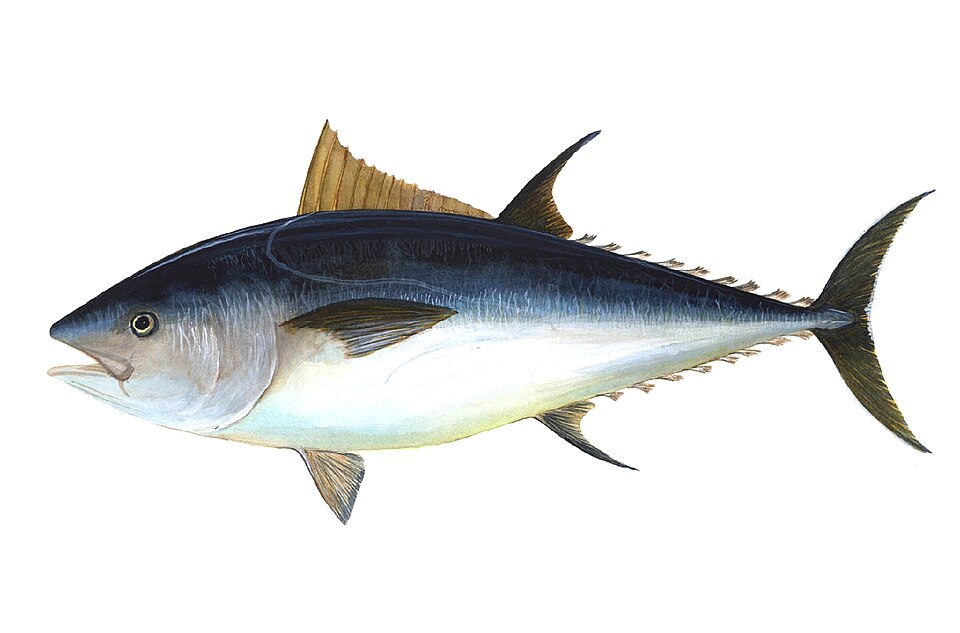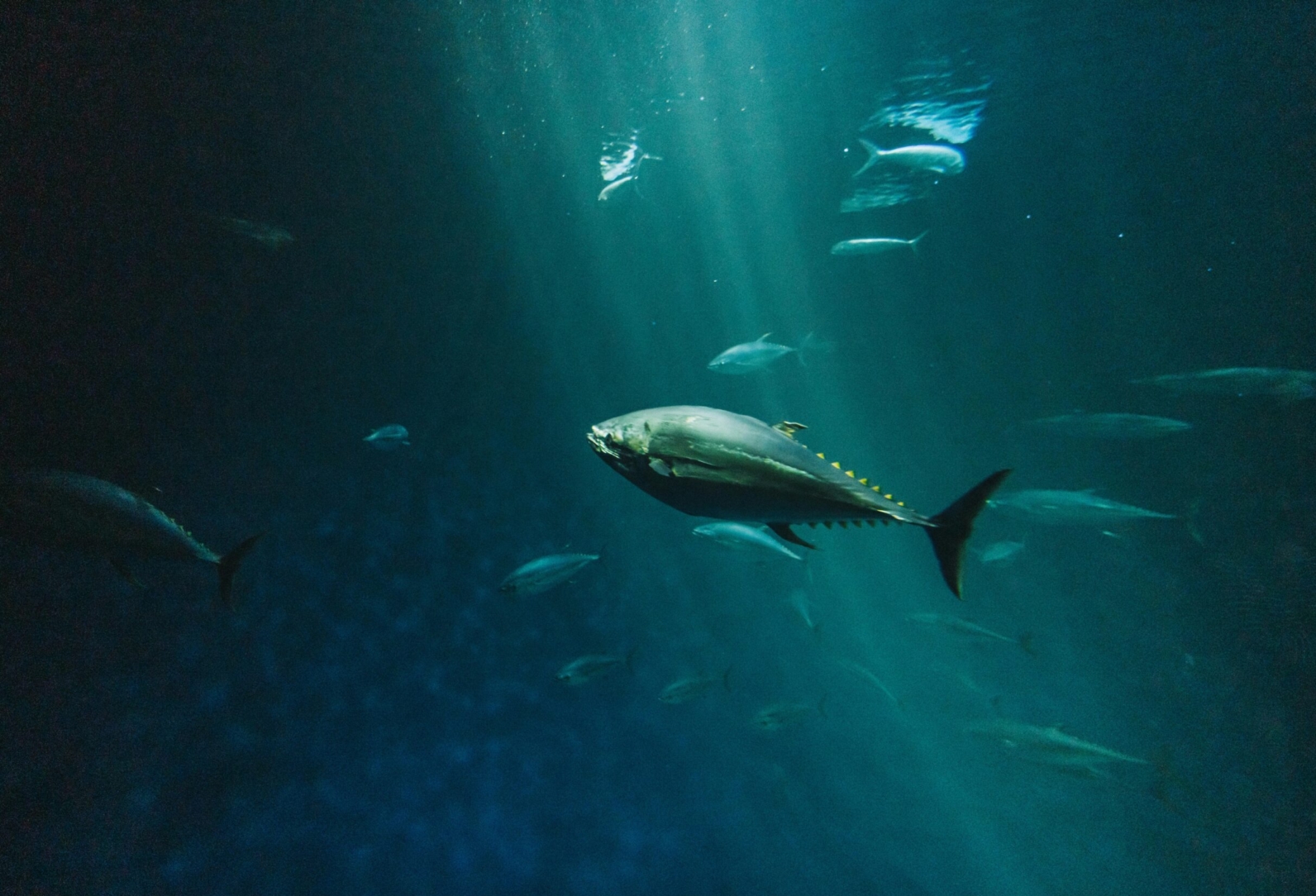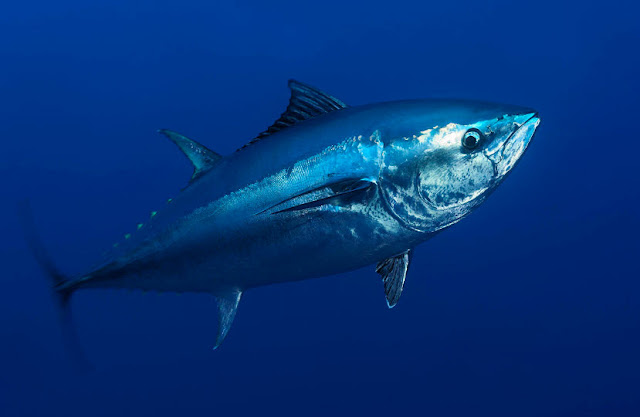Almost pushed to extinction through overfishing, the Atlantic bluefin tuna (Thunnus thynnus) is making a remarkable comeback across the oceans of Britain. This return has been a triumph for marine conservationists who have fought hard for implementing sustainable fishing practices and committed ongoing monitoring efforts which are now bearing fruit.
It’s a familiar and troubling pattern across the British Isles: once-abundant species like the Atlantic bluefin tuna thrived for centuries, only to be driven to collapse by the pressures of industrialisation, rapid 19th-century population growth, and the unchecked rise of commercial fishing, particularly in the North Sea and the South West Coast.
By the 1960s tuna had been almost fully extirpated; a sobering loss of not just one species, but of a vital component of marine ecosystems. Recognising the urgency of the situation, the International Commission for the Conservation of Atlantic Tunas (ICCAT) began enforcing strict quotas and monitoring in the early 2000s, paired with a moratorium on industrial fishing.
With time passing, sightings have been steadily increasing indicating a bounceback in overall population sizes, most notably in the Celtic and North Seas. Marine conservationists conducted a three-year tagging programme which tracked tuna across their migration routes. The subsequent data revealed their seasonal patterns and brought to light their spawning grounds. This vital data equips scientists and policymakers with the tools they need to implement further management plans to further support the tuna’s recovery.
In 2023, the UK held its first regulated commercial tuna fishing season in over six decades, carefully monitored and limited to a small number of licensed vessels. The season contributed an estimated £2.6 million to local economies, but more importantly, it was seen as a test of whether a commercially viable fishery could coexist with conservation goals. One of the licensed fishers, Angus Campbell from the Isle of Harris, is among those pioneering a model that combines careful harvesting with ecotourism. His boat, Harmony, not only supplies top-quality tuna to local and international markets, including Japan, but also runs catch-and-release experiences, helping to educate visitors about the importance of responsible fishing.
While the bluefin tuna is experiencing a positive trend in population growth, it is important to remain cautious. This highly prized fish, coveted on dinner plates around the world, will always be vulnerable and at risk of overexploitation. Therefore, authorities must maintain efforts for sustained monitoring and enforcement of laws.
Advocacy groups are also calling for stronger international cooperation and for Britain to lead by example in implementing long-term catch-and-release policies, enhanced marine protections, and continued investment in research.
The tentative return of the Atlantic bluefin tuna to British waters is a testament to nature’s persistence and ability to recover if responsibly managed. With ongoing commitment and continued advocacy, collective work has shown that we can begin to mend what has once been lost. An encouraging sign for other lost species severed from our more naturally intuitive past.

Bluefin Tuna ( Thunnus thynnus )

A group swimming.

Atlantic Bluefin Tuna
